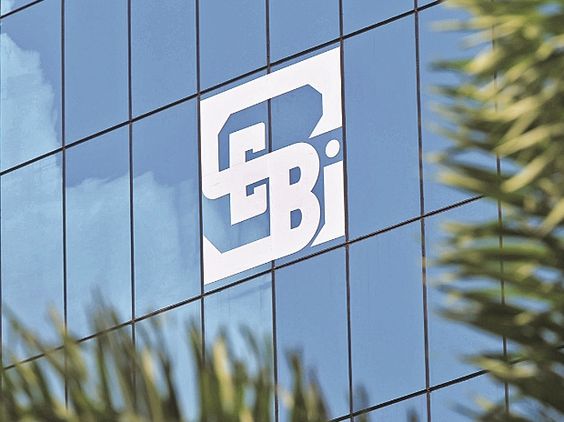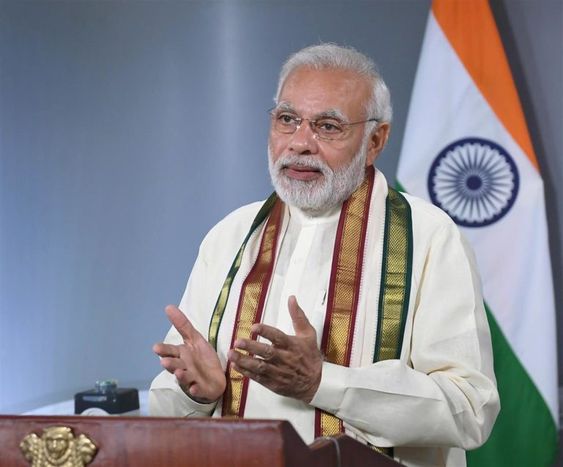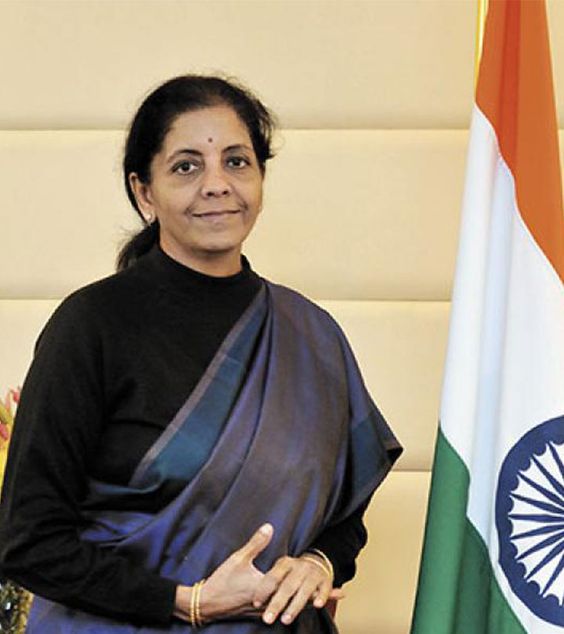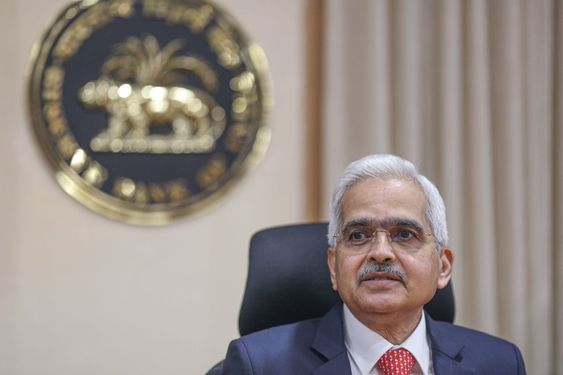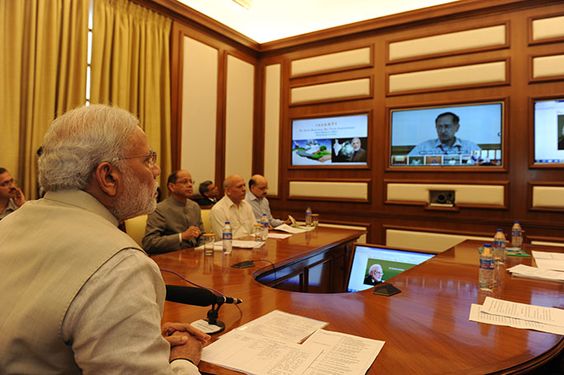While presenting the Union Budget on Tuesday, Finance Minister Nirmala Sitharaman stressed the “overall sharp rebound and recovery” of the Indian economy from the Covid-19 pandemic. Yet this optimism did not extend to the Budget’s numbers, which assumed that nominal growth in 2022-23 would be 11.1 per cent in spite of a global inflationary environment and the Economic Survey’s prediction of real growth above 8 per cent.
The fiscal deficit for the current year, at 6.9 per cent of gross domestic product (GDP), narrowly missed the 6.8-per cent target despite a surge in some tax revenues. The FM has committed to reaching 4.5 per cent of GDP by 2025-26, while targeting 6.4 per cent in the coming year. Thus the fiscal consolidation glide path will have to steepen considerably – a task complicated by the increasing interest burden. Interest payments in 2022-23 have increased 16 per cent over the previous year’s Budget estimates, and an extraordinary 38 per cent since 2020-21. They now comprise 23.8 of the total expenditure, up from 19.3 per cent in 2020-21.
The government, reducing its dependence on the small savings fund, expected net market borrowing of Rs 11.6 trillion in 2022-23, a sharp increase by Rs 0.87 trillion. The bond market reacted with concern to this higher-than-expected borrowing, and the absence of any tax reform designed to aid the inclusion of Indian government bonds in global indices. The yield on the benchmark 10-year bond rose 17 basis points to close at 6.85 per cent.
Other assumptions in the Budget were on the conservative side: the Union government’s net tax revenue was expected to grow only 9.5 per cent; disinvestment receipts were set at only Rs 65,000 crore; earnings from Union excise duties were budgeted to decrease; and although the FM mentioned 5G spectrum auction in her speech, it was not clear if those receipts had been incorporated.
Sitharaman also carefully controlled revenue expenditure. In fact, exclusive of interest payments and grants to create capital assets, expenditure on the revenue account is budgeted to decrease a startling 29 per cent in 2022-23 over the revised estimates for 2021-22. Much of this is clearly because of the expectation that some Covid-related support can be phased out. The three major subsidies of fertiliser, petroleum, and food are projected to decline by more than 26 per cent, and the Mahatma Gandhi National Rural Employment Guarantee Scheme by a similar proportion. New spending initiatives were thin on the ground.
The fiscal space created by this expenditure crunch and slower-than-expected fiscal contraction has been utilised on further expanding capital expenditure, which Sitharaman said would be Rs 7.5 trillion and “more than 2.2 times the expenditure of 2019-20”. The Budget’s overall thrust was clearly on directing public investment to infrastructure and sunrise sectors, as opposed to addressing the welfare issues caused by the pandemic.
The 2022-23 Union Budget had a clear economic model: that consistent increases in public investment would “crowd in” private investment, leading to a “virtuous cycle” of growth. The increases in transport outlay and other capital expenditure were designed with this in mind, although some targets seem ambitious. For example, the FM announced 25,000 km of new highways in the coming year, which would mean a construction speed of 68 km per day, while the Economic Survey had admitted that this pace in the first half of 2022-23 was only 20.9 km per day. The outlay for the National Highways Authority of India was more than doubled over the current year, and almost tripled since FY21.
The Budget’s emphasis on infrastructure creation was also visible in the increases in allocations for the Krishi Sinchai Yojana that funds irrigation, for rural roads, and for the rural drinking water mission. But urbanisation was more in focus. The FM wanted to “reimagine [India’s] cities [as] centres of sustainable living with opportunities for all”. Some of this was to be achieved by “leveraging” schemes like AMRUT to push state governments into more modern urban planning and financing. Financing for metro projects has increased 122 per cent since FY21. There was also a clear attempt to increase investment in public transport and into transit-linked development. Sustainability efforts were seen in the mention of a battery swapping policy and special zero-emissions mobility zones.
Climate action is a major focus of the Budget. Sitharaman, in her speech, quoted the prime minister’s intervention at the UN Climate Change Conference in Glasgow (COP26) last year and indicated that underlying her Budget was a “low-carbon development strategy”. In particular, the outlay for production-linked incentives for the domestic production of solar panels was increased massively, to Rs 24,000 crore from Rs 4,500 crore — this increase was first announced late last year. In order to ensure that private capital was tapped to enable India’s green transition, the Budget also announced that sovereign green bonds would be issued, in order to finance projects in the public sector that would impact the economy’s carbon intensity.
Another focus in the Budget is sunrise sectors, especially those that are tech- and digital-related. Special professionally-managed funds, which would blend public and private finance and target climate-sensitive and tech-forward sectors, were announced. Digital education was stressed; skill India was given a digital component; data centres and large-scale energy storage systems were given infrastructure status; bill payments by public agencies were to be digitalised; and a “digital rupee” was announced.
On the taxation side, the finance minister continued the identification of “Aatmanirbhar Bharat” with import substitution, a feature of recent Budgets. Multiple tariff tweaks were justified on the grounds that they would protect domestic industry. The direct tax side saw few changes other than the headline crypto tax. The FM stressed “trust” between taxpayers and the taxman, and said the former would be able to file “updated returns” for two years if they found they had made errors. On the other hand, the “bonus stripping” loophole was closed, and offsetting losses against income found during a tax search was disallowed, alongside various other additional instruments to check evasion. Tax incentives for new manufacturing and start-ups were extended.
The Budget may, however, further increase federal tensions. The Union has given itself a more gentle glide path for its deficit than has been permitted to the states; and big loans to state capitals in lieu of the GST compensation shortfall have been transformed into capex-focused loans that force state leaders to spend on the Union’s priorities and schemes, much like the centrally-sponsored schemes that were reformed almost a decade ago.





